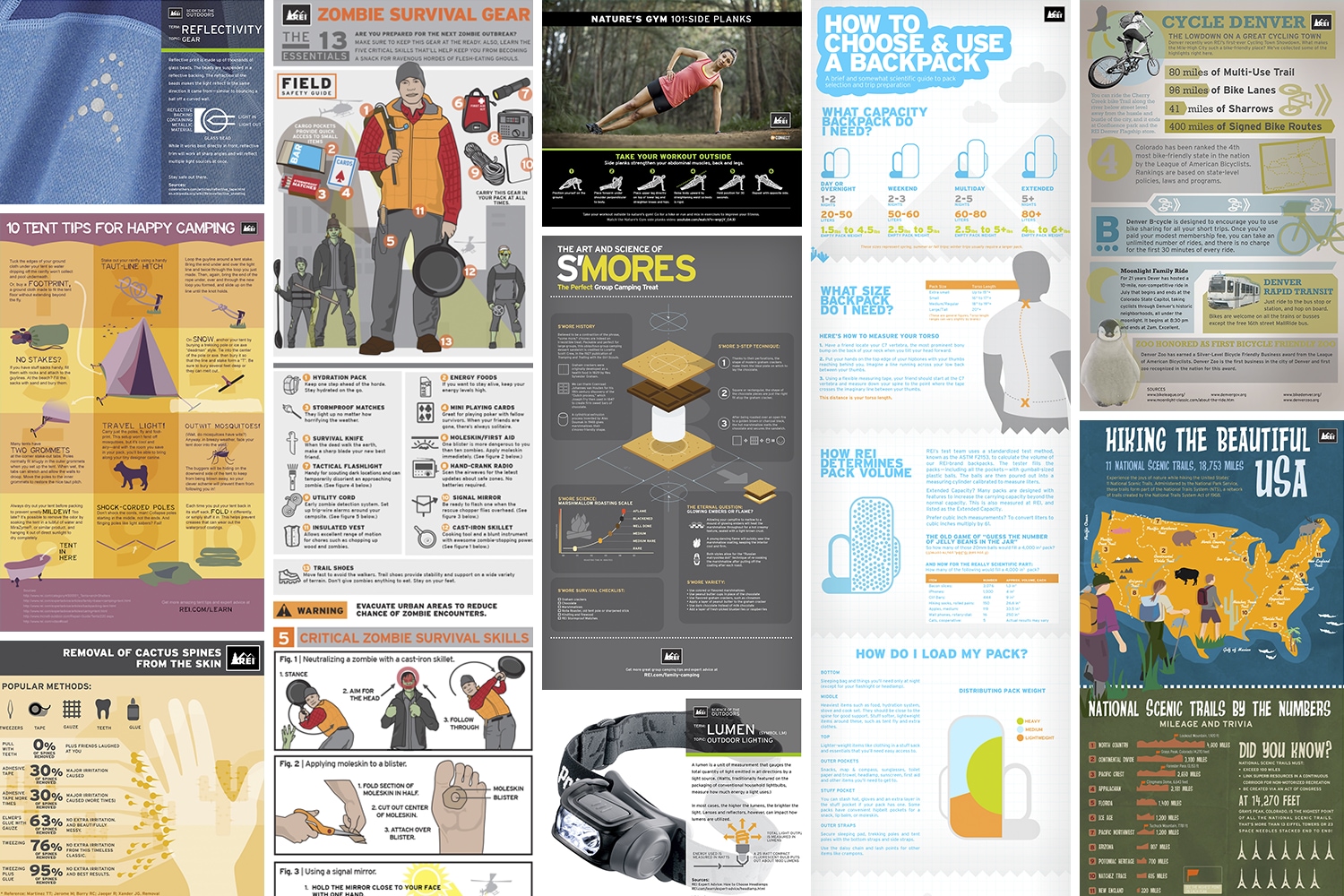Establishing your outdoor tents can be a daunting job for also seasoned campers. This overview will certainly cover the basics of pitching an outdoor tents effectively and securely so you can appreciate your camping trip without anxiety or concern.
How much is a canvas tent?
Begin by outlining your outdoor tents's impact and ground sheet to secure your outdoor tents floor from rocks, sticks, dirt, and other debris. Next, set up the camping tent poles and fasten them to the corners of the tent body using the ideal sleeve or hook.
Picking the Right Website
When you are worn down after a lengthy day walking, you want to pitch your tent and get ready to rest. Yet you must initially walk around the site to ensure it is safe for camping. Overlook and as much as discover whether any type of trees have large dead branches that could fall on your outdoor tents. These are often called widowmakers and you don't desire them to go down on you while you're resting.
Likewise make sure to prevent low places that can flooding during a storm and to camp far from pet tracks, nests and habitats where ticks and chiggers are more than likely to flourish. Try to find a level, rock-free place that allows enough for your tent and any other equipment you'll be bringing.
Some individuals like to set their tents up so the head end is pointed towards the eastern to catch the sun's warming rays first thing in the early morning. This isn't always required, yet it is a great touch that can assist wake you up.
Pitching Tips
It may appear noticeable, however proper outdoor tents throwing is among the most vital consider a good night's sleep. Having a practice run in the house will certainly help you familiarize on your own with your camping tent, find all the post sleeves and fasteners, and make sure every little thing remains in location. It's additionally a fun time to practice making use of guylines for security and to find any kind of broken items.
When you come to your camping website, analyze the surface to see if it's suitable for your tent. A great general rule is to pitch the camping tent on a level, degree spot with a minor downhill angle. This will permit permanent tents rain to recede from the camping tent rather than merging in front of it.
If you can not locate a degree area, think about positioning a tarp or other groundsheet under your camping tent footprint to shield it from wetness. This can additionally help maintain dirt out of the camping tent.
Using Guylines Successfully
Using person lines efficiently is vital to ensuring your outdoor tents or hammock stays safe and secure in high winds and other negative weather conditions. An individual line is a rope or cord that affixes to the ground with loops and D-rings in the framework, tarpaulin, or rainfly.
Begin by safeguarding one end of the line to a guyout loop on your outdoor tents or rain fly, or to the post it's affixed to. Then loophole the other end of the line over a risk placed faraway from the framework and tighten it.
Keeping your shelter's person lines taut will certainly avoid sagging or sagging throughout gusty conditions, protecting against moisture from seeping right into the tent or damage to the framework and improving convenience and safety throughout camping. Always examine the tension of your individual lines during and after negative weather conditions to ensure they continue to be secure. Furthermore, consider packing a person line tensioner to easily change and preserve the correct amount of tension in your lines.
Removing the Outdoor tents
When settling into your camping site, find a spot with a flat area and clear it of rocks and particles. Additionally, be sure to lay down a camping tent impact or tarpaulin slightly smaller than your camping tent body to stop water pooling. This helps keep your camping tent completely dry from rainfall or condensation and can be especially helpful in windy areas.
Analyze your equipment, consisting of the tent stuff sacks to make certain absolutely nothing is missing. Inspect that the posts suit their clips and restock first-aid things if required.
When it's time to pitch your tent, begin by orienting the doors downwind, and stake down each corner of the tent. If the ground is loose or sandy, think about spreading out a tarpaulin under your tent to protect it from wind and decrease the probability of your outdoor tents toppling. Additionally, be sure to use guylines effectively to tie down your rainfly and keep it taut. A well-pitched tent can prevent dripping, condensation, and sun damage.
What can I put on my tent floor?
